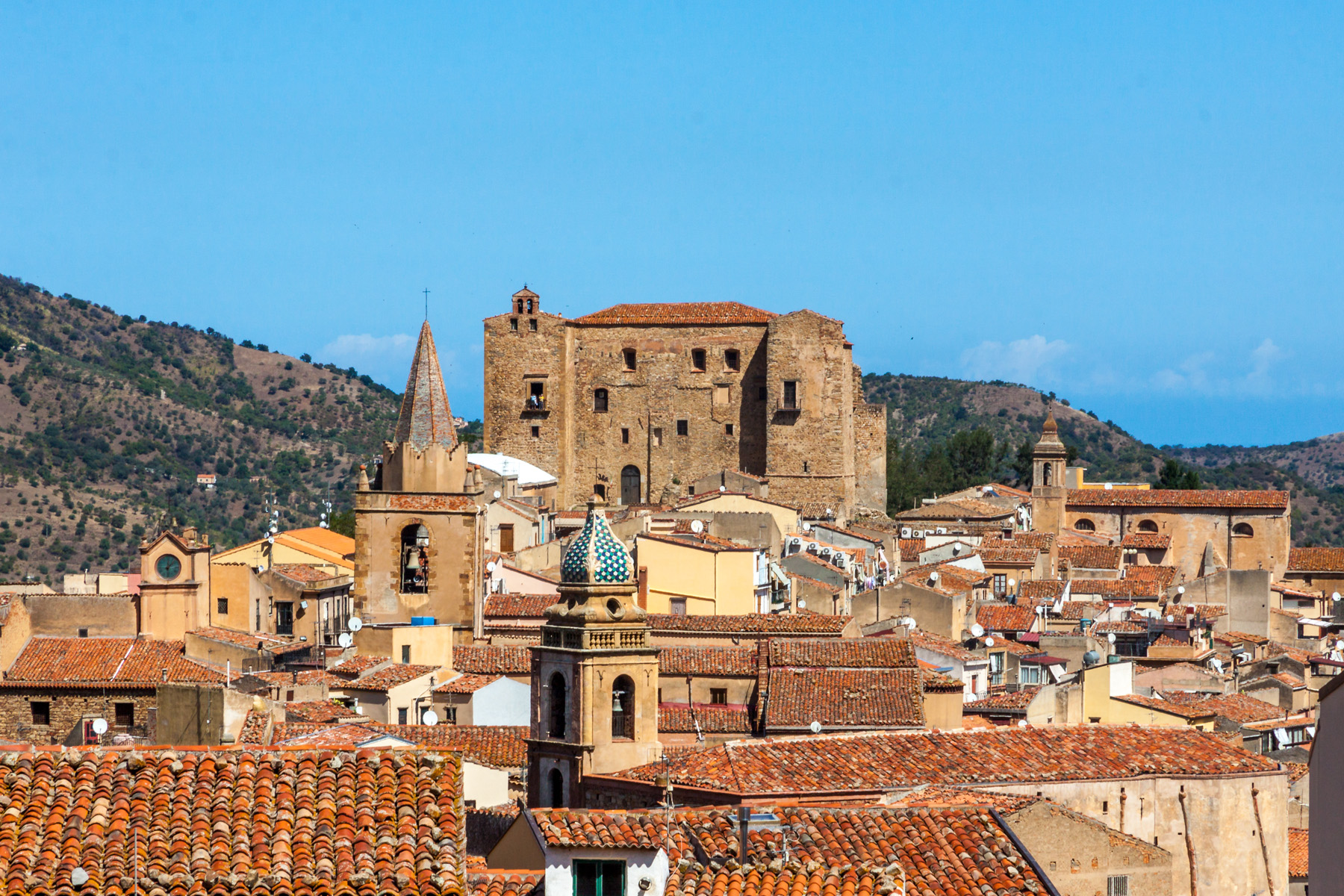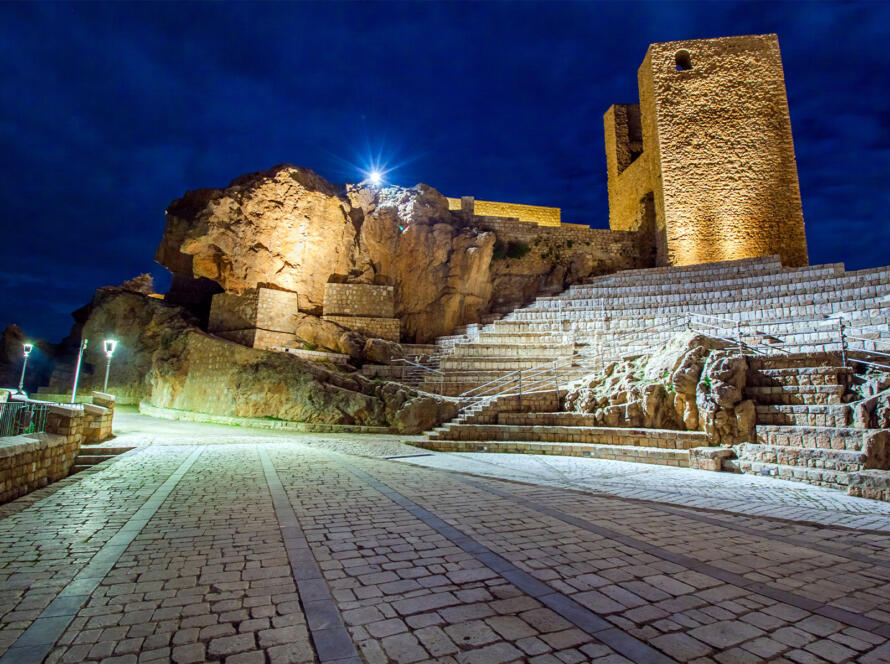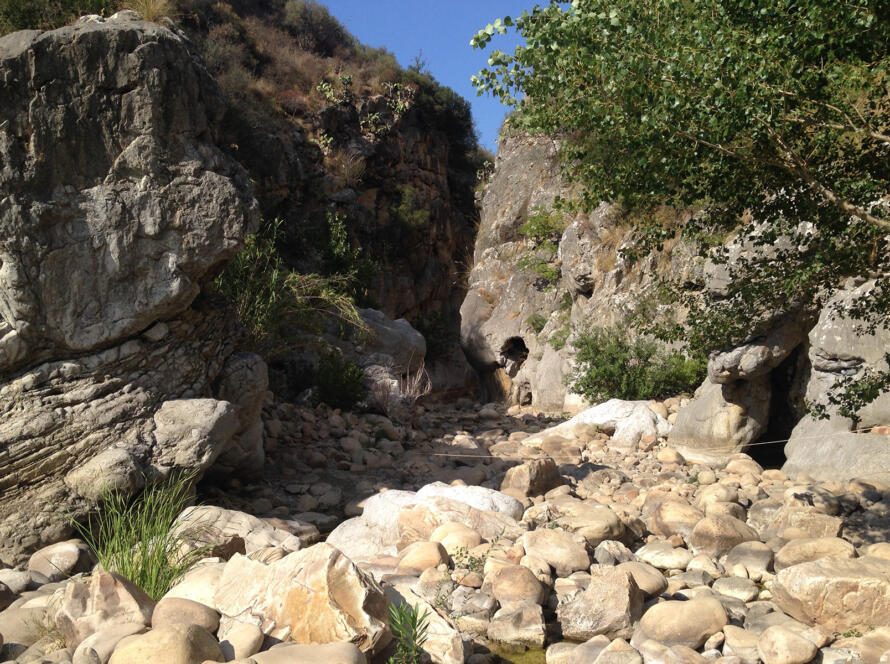Castelbuono located at 90 km from the sicilian capital, at the slopes of Milocco hills inside the Madonie Park, is one of the most fascinating villanges in the island. The first news about the village are dated back to middle age, when in 1316 francesco di ventimiglia decided to built a castle on an ancient site around which arise the town. From that time on, the Ventimiglia family moved to Castelbuono, making the castle their home, although later, in the 1500s, it became the residence of many fine artists who contributed to the enrichment of the village’s artistic and cultural heritage.
Among the monuments of excellence, but not the only ones in Castelbuono, are the Ventimiglia Castle and the Church of SS. Maria Assunta.
The castle stands on the remains of an ancient farmhouse dating from the Byzantine and then Arab-Norman periods, founded by the Count of Ventimiglia on Colle S. Pietro. Today, it has three floors, plus one underground, and consists of a central body and four towers.
Inside, of great importance is the Palatine Chapel of St Anne, commissioned by the Ventimiglia family in the late 1600s. The chapel, finely decorated with angels and allegories made entirely of stucco on a gilded background, houses the Sacred Skull of St. Anne on the high altar, which is adorned with an antependium made of coral, gold and pearls. This relic is accompanied by numerous legends about its discovery.
The Church of SS. Maria Assunta, i.e. the Matrice Vecchia, was built around 1362 at the behest of Francesco II of Ventimiglia. It underwent several modifications over time, a fourth was added to the original three naves and the portico was built later in the 16th century.
Another church not to be missed is the Church of the Nativity of the Blessed Virgin Mary, the Matrice nuova, which was built between the 16th and 17th centuries.
There are numerous churches in the Castelbuono area, at least 20 in number.
To be visited also there is the Civic Museum, in which it is possible to admire the manufatures realized in honour of Saint Anne, the historical-architectural evolution of the town’s urban fabric, a permanent picture gallery pertaining to the modern age and various exhibitions throughout the year.
The Naturalistic Museum Francesco Minà Palumbo preserves the collections created by the naturalist during studies carried out in the Madonie territory between 1837 and 1899.
Not only to visit, but also to taste; Castelbuono is the birthplace of a cuisine made of traditions and delicious dishes.
The typical dishes of Castelbuono, as in many other areas of Sicily and southern Italy, represent the highest expression of the Mediterranean diet. The quality of the ingredients and the spicy fragrances dominate, the oils, almonds, sultanas, lemon, pistachios, parsley and many other ingredients give life to a diet that is luxurious but also poor.




